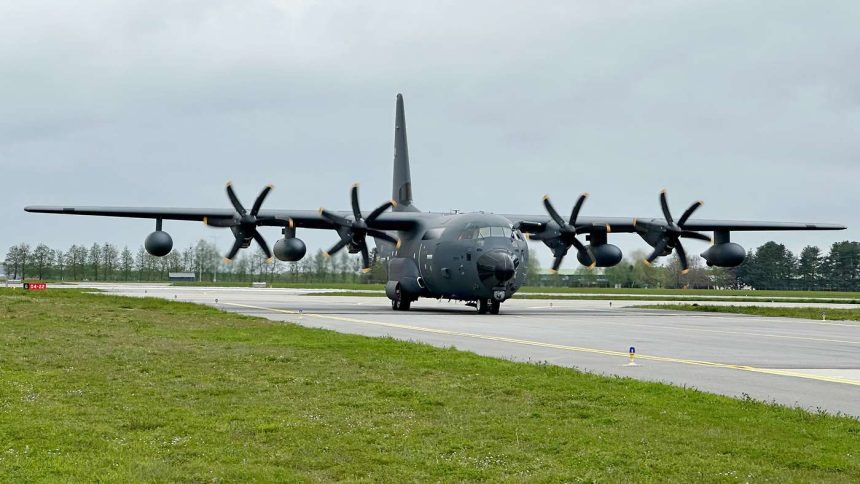Leonardo’s Miysis DIRCM will protect the Luftwaffe’s fleet of six KC-130J and C-130J-30 aircraft operated by the Franco-German Binational Air Transport C-130J Squadron (BATS).
Leonardo has been competitively selected by Lockheed Martin to equip the German Air Force’s C-130J fleet with the Miysis DIRCM (Directional InfraRed Counter Measures). Germany operates a fleet of three KC-130J and three C-130J-30 aircraft as part of the Franco-German Binational Air Transport C-130J Squadron (BATS).
In the press release, Leonardo mentions that the integration of Miysis on the C-130 will be conducted by Lockheed Martin, the manufacturer of the aircraft. The other candidate systems in the competition were not revealed by either of the two companies.
“The Franco-German Squadron is tasked with logistical and tactical transport missions, flying low and slow in austere environments where Man Portable Air Defence Systems (MANPADS) are a prolific and credible threat,” explained Leonardo in the press release. “Miysis DIRCM will now offer the German C-130J aircraft within the joint fleet unparalleled protection against these infrared missile threats, in tactical situations where losing an aircraft and the people on board is not an option.”
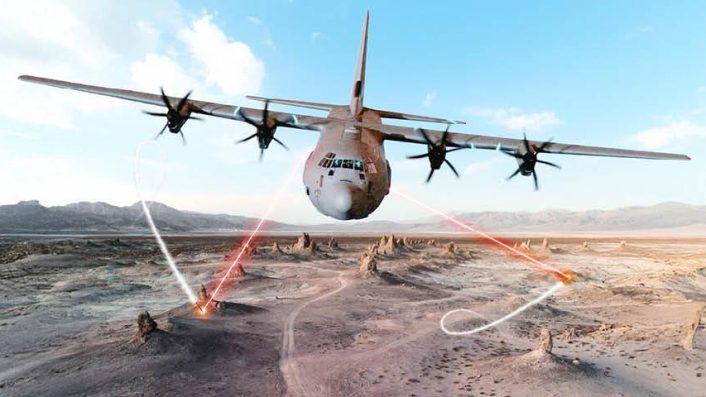
What is Miysis?
Miysis is a low-power-draw, low-weight DIRCM designed to provide high-power, all-aspect protection against modern and legacy threats. Miysis features a twin-head laser pointer/tracker system as a single head DIRCM does not provide the necessary level of spherical protection to defeat more advanced threats. In fact, the airframe would mask some angles and create shadow zones where the DIRCM would not be able to “see” the threat, putting the aircraft at risk. The company says that a three-head system is also available for coverage on large platforms with high-value missions.
The development of Miysis capitalised heavily on key IR sensor, laser and sightline control technologies made available from Leonardo’s internal advanced technology investments, combined with the latest open-architecture system concepts and MOTS/COTS (Military Off-The-Shelf/Commercial Off-The-Shelf) hardware. The open architecture design readily supports the integration of Miysis on any aircraft, either as a stand-alone DIRCM solution or as part of a broader Defensive Aids Suite (DAS), as well as allowing a quick integration with the accompanying Missile Warning System.
Leonardo believes that the Miysis DIRCM System is currently the smallest and lightest high Energy-on-Target, multi-turret, full DIRCM system available to the world market today, with a total system weight of less than 40 kg (excluding the MWS). It has a peak power draw of less than 1300W, and typically draws less than 600W during jamming with both heads, giving it the lowest aircraft power requirements of any comparable system.
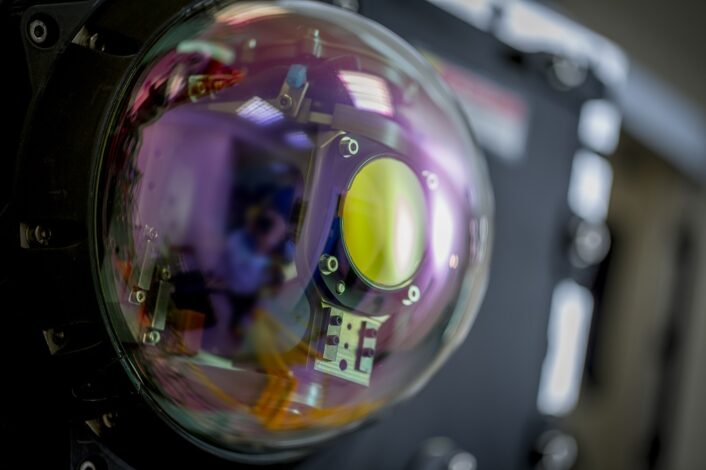
The functioning mechanism can be explained as follows: when a missile is launched, the MWS sensors detect the IR-signature of its rocket motor. The control unit then cues the DIRCM to the detected IR-track, quickly examining it to determine if it presents a threat to the aircraft. If the track is recognized as an immediate danger, the DIRCM begins the jamming action directing its laser energy on the missile’s seeker, disturbing its guidance as needed to protect the aircraft.
The baseline Miysis DIRCM System comprises two integrated Laser Pointer/Trackers, a Single ruggedised COTS Control Electronics Unit and a Cockpit Interface Unit, and can be either installed directly in the airframe or in an external pod. The system as described is then integrated with a separate DIRCM-capable MWS, which is chosen by the customers according to their requirements. Miysis has already been tested with six different MWS systems, whose quick integration has been significantly simplified thanks to open architecture interfaces.
You can read more about Leonardo’s Miysis DIRCM in this detailed report we published here at The Aviationist.
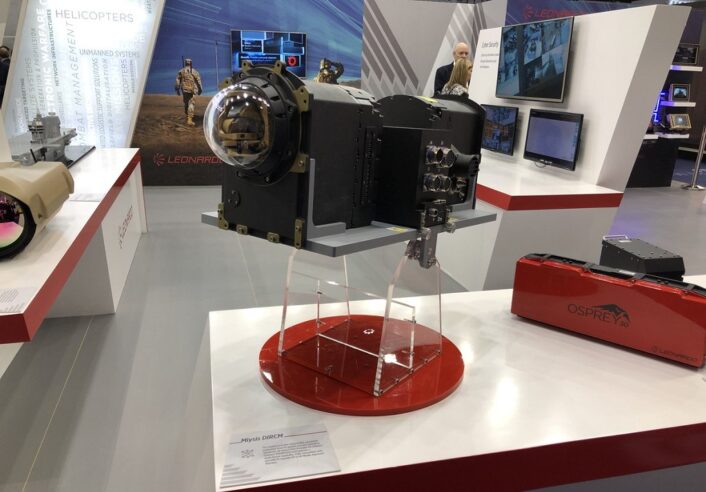
The German C-130Js
The German Air Force decided to acquire the Hercules to perform airlift, air drop and air refueling missions and close the capability gap that would have been generated by the retirement of the similarly sized C-160 Transall, which was retired in 2021 after 53 years of service. In fact, even if the A400M Atlas can provide all the capabilities needed by the Luftwaffe, its large size represents a limit when operating from short or unprepared runways and when flying in support of the special forces, which is one of the capabilities mentioned when the C-130 procurement was announced.
The U.S. Defense Security Cooperation Agency (DSCA) approved a Foreign Military Sale (FMS) to Germany in 2018 for three C-130J-30s (“stretched” variant of the standard C-130) and three KC-130Js (tanker variant). The aircraft were delivered together with various equipment including Link 16 MIDS (Multifunctional Information Distribution System) datalink, ALE-47 countermeasures dispensers, AAR-47 Missile Warning Systems, ALR-56 Radar Warning Receivers, IFF and Wescam MX-20 Electro-Optical/InfraRed (EO/IR) imaging systems.
The Luftwaffe C-130Js are part of a French-German joint squadron based in Évreux (France), the Binational Air Transport C-130J Squadron (BATS), which was officially established in September 2021. This binational air transport squadron features unrestricted exchange of aircraft, air crews, and maintainers, as well as technical and logistical support based on a common pool of spare parts and a common service support contract. The six German aircraft joined by four French ones, for a total of five KC-130Js and five C-130J-30s.
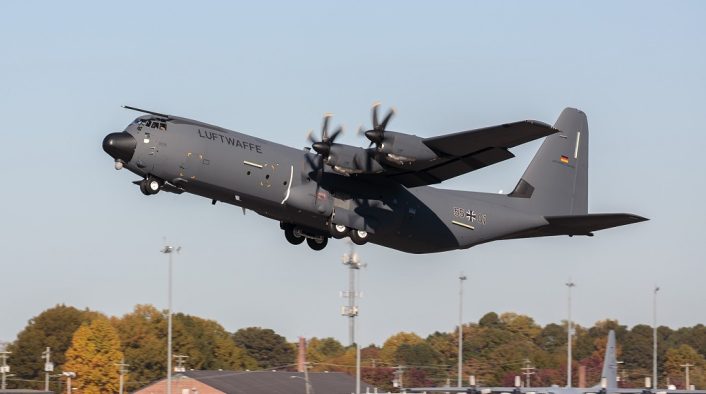
The binational squadron has been in the works for some years, with a first agreement in 2017. Both nations had to remedy to the capability gap generated by the retirement of their C-160 Transalls, and the joint unit offered an occasion to lessen the logistical and economic burden for such a small fleet of aircraft.
“With the C-130J, the Armed Forces are receiving a highly effective aircraft type appreciated by many air forces,” said the project manager at BAAINBw, Ricardo S., after the final delivery. “Deployment of the aircraft will become even more effective in cooperation with our French partner.”
The German C-130s were delivered between 2022 and 2024, marking the successful completion of the procurement within the schedule set by the Bundeswehr. The delivery on the first Luftwaffe C-130 also marked the Initial Operational Capability, while the Final Operational Capability was reached with the delivery of the last aircraft.

